>>How can the industry combat deflationary pressure? TONY SMITH, SALES DIRECTOR, UNILEVER BESTFOODS UK
As I’m writing this essay all eyes are on Safeway. After months of wrangling, a decision has at last been made and, as many predicted, Morrisons has been given the green light to bid for the chain. While the full implications of this are as yet unclear, most commentators agree that the industry is on the verge of significant change.
I also agree. Whoever it may be, we can expect the new owner of Safeway to demand quick returns. It will seek to create a more competitive retail environment and look to its larger suppliers, ourselves at Unilever Bestfoods UK included, to help to drive value in the short term.
Change is a fact of life. Successful businesses, like successful people, not only adapt to it, they seize the opportunities it presents and lead it. The sale of Safeway, whatever form it may take, will not be the last amalgamation we have to grapple with over the coming years. The simple fact is that we are in an industry under deflationary pressure and consolidation will be an inevitable consequence of our trading environment. The important question is how will we collectively lead this?
Industry consolidation is neither new nor threatening. Unilever Bestfoods has been formed by the amalgamation of half a dozen branded grocery manufacturers, including Colman’s, Batchelors, Van den Bergh Foods and Bestfoods, over the past decade. Consolidation offers significant opportunities to retailers and manufacturers through increased efficiency and profitability. Overall, it can be highly beneficial, provided that markets remain competitive and consumers clearly see the benefits of any change.
The wider issue of deflationary pressure is, however, more worrying. Faced with this spectre, it is more important than ever that as an industry we focus our resources on ensuring we add real value to the grocery shopping experience by understanding and exceeding consumer demands. I believe this can only be achieved by manufacturers and retailers truly engaging with consumers to introduce innovation that makes the experience of purchasing, preparing and consuming food easier, more convenient and ultimately more satisfying.
However, we also need to address the immediate factors that are acting to reduce the value of the products we sell. While the
deflationary phenomenon has many causes, there can be no doubt that in part it has resulted from retailers and manufacturers making marginal reductions in prices for short-term competitive advantage.
This is the reality of the market in which we operate now, but we must not allow it to go too far. If too much profitability is sucked out of the chain, it will fundamentally damage the quality of offering to the consumer by adding to the pressure felt by farmers and primary producers. It will also limit the resources available for true innovation and product development by branded goods manufacturers.
Pricing is a critical element of the sales proposition. As prices decline, it is essential that a significant value benefit is communicated to the shopper. This is particularly true for major household brands, which have an intrinsic value to consumers based on their trust in product quality.
Strong brands stand or fall by their relevance to consumers. They are created following many hours of research, a massive outlay in infrastructure and advertising and many years of continued investment. Fundamentally, strong brands are created from insights that lead to products that exceed the expectations of the consumer. And, in a rapidly changing grocery market, it is precisely this that will drive real growth for retailers and manufacturers alike.
As I’m writing this essay all eyes are on Safeway. After months of wrangling, a decision has at last been made and, as many predicted, Morrisons has been given the green light to bid for the chain. While the full implications of this are as yet unclear, most commentators agree that the industry is on the verge of significant change.
I also agree. Whoever it may be, we can expect the new owner of Safeway to demand quick returns. It will seek to create a more competitive retail environment and look to its larger suppliers, ourselves at Unilever Bestfoods UK included, to help to drive value in the short term.
Change is a fact of life. Successful businesses, like successful people, not only adapt to it, they seize the opportunities it presents and lead it. The sale of Safeway, whatever form it may take, will not be the last amalgamation we have to grapple with over the coming years. The simple fact is that we are in an industry under deflationary pressure and consolidation will be an inevitable consequence of our trading environment. The important question is how will we collectively lead this?
Industry consolidation is neither new nor threatening. Unilever Bestfoods has been formed by the amalgamation of half a dozen branded grocery manufacturers, including Colman’s, Batchelors, Van den Bergh Foods and Bestfoods, over the past decade. Consolidation offers significant opportunities to retailers and manufacturers through increased efficiency and profitability. Overall, it can be highly beneficial, provided that markets remain competitive and consumers clearly see the benefits of any change.
The wider issue of deflationary pressure is, however, more worrying. Faced with this spectre, it is more important than ever that as an industry we focus our resources on ensuring we add real value to the grocery shopping experience by understanding and exceeding consumer demands. I believe this can only be achieved by manufacturers and retailers truly engaging with consumers to introduce innovation that makes the experience of purchasing, preparing and consuming food easier, more convenient and ultimately more satisfying.
However, we also need to address the immediate factors that are acting to reduce the value of the products we sell. While the
deflationary phenomenon has many causes, there can be no doubt that in part it has resulted from retailers and manufacturers making marginal reductions in prices for short-term competitive advantage.
This is the reality of the market in which we operate now, but we must not allow it to go too far. If too much profitability is sucked out of the chain, it will fundamentally damage the quality of offering to the consumer by adding to the pressure felt by farmers and primary producers. It will also limit the resources available for true innovation and product development by branded goods manufacturers.
Pricing is a critical element of the sales proposition. As prices decline, it is essential that a significant value benefit is communicated to the shopper. This is particularly true for major household brands, which have an intrinsic value to consumers based on their trust in product quality.
Strong brands stand or fall by their relevance to consumers. They are created following many hours of research, a massive outlay in infrastructure and advertising and many years of continued investment. Fundamentally, strong brands are created from insights that lead to products that exceed the expectations of the consumer. And, in a rapidly changing grocery market, it is precisely this that will drive real growth for retailers and manufacturers alike.



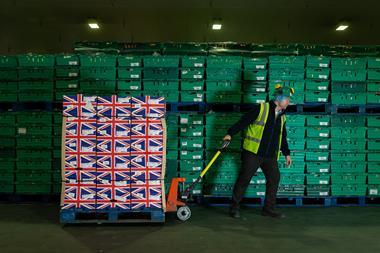
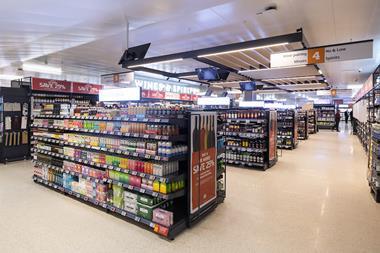

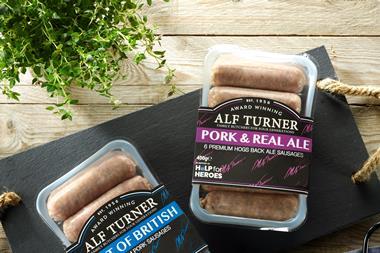
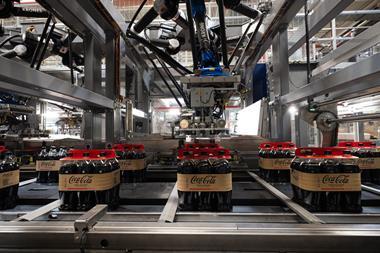




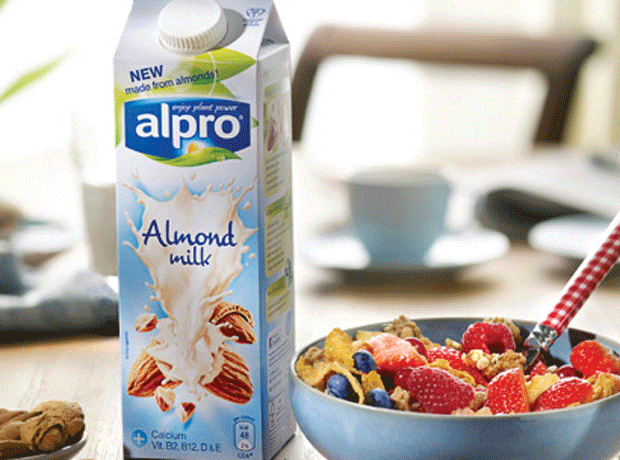
No comments yet